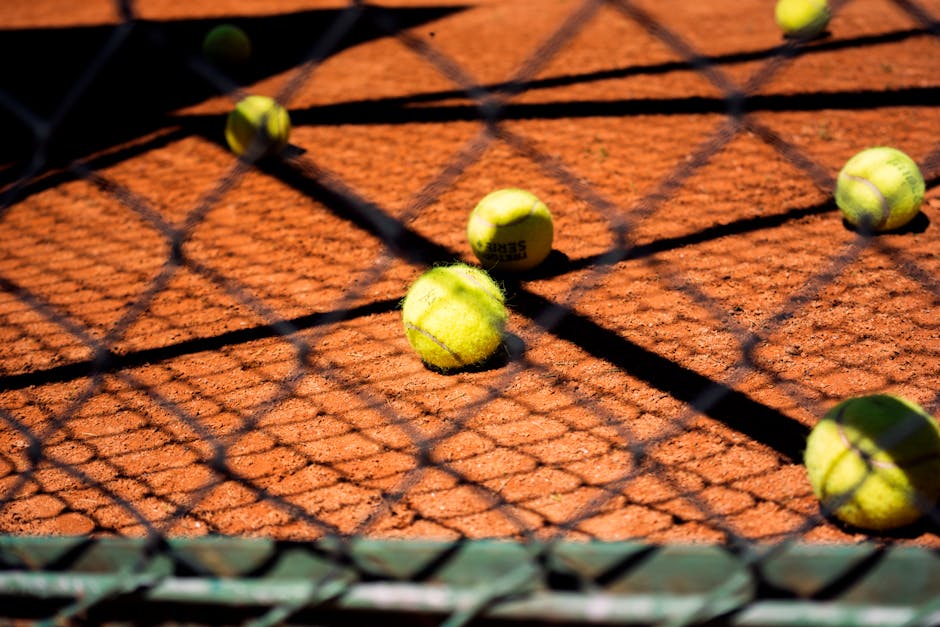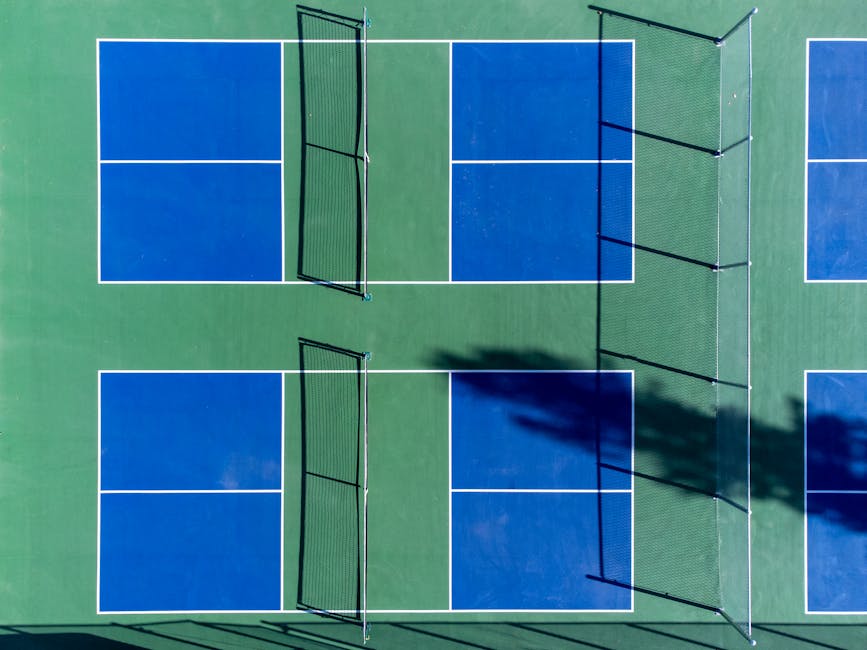Solo pickleball practice has become a cornerstone for players looking to improve faster, especially for those of us with busy lives, sporadic schedules, or simply a drive to squeeze in extra reps between group games. Rebound nets—sometimes called pickleball rebounders—stand out because they let you drill shots, reflexes, and footwork wherever you want, from the driveway to the basement or garage. But not all are created equal. As obsessive gear researchers and passionate players at PickleballMate, we’ve gone deep on which rebound nets provide real value for intermediate and advanced pickleballers, not just the beginner.
Why Solo Pickleball Practice Matters
A good rebound net does more than just bounce the ball back—it allows you to groove your strokes, refine soft game touch, and build muscle memory under realistic conditions, all without needing a hitting partner. Our team knows firsthand that mastering drives, dinks, and volleys on your own accelerates progress, especially when court time is at a premium or you’re prepping for your next club tournament.
How We Chose the Best Pickleball Rebound Nets
- Tested for Real-World Use: Not just technical specs, but actual solo sessions with feedback from our community and local clubs.
- Value for Active Adults: Products must justify their price tag (usually $75–$300) by being sturdy, quick to set up, portable, and truly helpful for skill progression.
- Durability & Adjustability: We look for strong materials and options for angle or rebound tension adjustment, as you’ll want different feels for soft volleys versus hard returns.
- Compatibility: Should work indoors or outdoors and with standard pickleballs.
Our Picks: 3 Best Pickleball Rebound Nets for Solo Practice
Let’s break down our top picks, each chosen for unique strengths relevant to active players who train smart:
1. Perfect Pitch Rebounder Pro
- Frame: Sturdy powder-coated steel, built for rainy driveways or garages.
- Angle Adjustment: Easily fine-tuned for fast, realistic returns—great for transitioning between groundstrokes and dinks.
- Setup & Storage: Roughly 15 minutes for initial setup; wheels make it simple to move after.
- Target User: Intermediate and tournament-level players who want a high-quality, set-and-forget home training station.
This rebounder feels the most like hitting against a real wall, with the return speed and bounce angle closely mimicking regulation play. The premium construction explains the price, but for those who practice several times a week, it’s a serious asset. (Just remember, heavy-duty means less portable—best for dedicated home setups.)
2. NetPlayZ Portable Rebound System
- Construction: Lighter aluminum frame; folds extremely flat for trunk or closet storage.
- Quick Setup: Under a minute to go from folded to training mode—ideal for spontaneous backyard reps or bringing to the court.
- Adjustable Angle: Lets you create both high-arc returns and lower, drive-style bounces.
- Best For: Pickleballers who train at multiple locations, value quick sessions, or want to avoid drilling into the wall of their garage!
Most club-level players know that being consistent with practice beats waiting for just the perfect moment. This one travels well, so if you like to hit a few balls between sets at the public courts or want a warm-up before partner matches, it’s reliable and simple to use.
3. MerryMove 2-in-1 Trainer
- Unique Feature: Converts from a classic rebound net to a solid-board wall. This is clutch for working on both fast reflex volleys and gentle resets like you’d find at the kitchen line!
- Weight: Around 22 lb, so manageable for indoors and out.
- Practice Targets: Marked zones to aim for, useful for accuracy drills.
- Versatility: Doubles as a mini net—great for quick family or group games, too.
If you want the flexibility to work on different types of shots or you share your space with others (think, garage or shared playroom), the 2-in-1 makes sense. It’s not as heavy-duty as the first pick but is packed with value for recreational or multi-purpose households.
Buying Guide: What Matters Most in a Pickleball Rebound Net
- Rebound Quality: Does it replicate real play, or does the ball die (or bounce crazily)? A good net delivers a controlled, consistent return.
- Adjustability: Look for angle or tension features so you can simulate different shots and speeds.
- Durability: Metal frames (especially powder-coated steel) handle outdoor use and years of practice better than plastic or super-light models.
- Portability: If you’ll move it often, consider folding models under 30 lbs with wheels.
- Multi-sport Use: If your family wants to practice tennis or other racquet sports, some rebounders can work for both. Verify ball compatibility before buying.
How to Get the Most from Your Rebound Net (Personal Tips from Our Community)
- Consistency Beats Intensity: 3–4 solo sessions a week, even if just 15–20 minutes, build muscle memory much faster than rare, long marathons.
- Mix Up the Drills: Don’t just bang drives—alternate dinks, volleys, and resets. Mimic real play scenarios and focus on accuracy, not just power.
- Film Yourself: Use your phone to record. Many community members are surprised by little technique flaws that only show up on video.
- Mind the Sound: If indoors, pick a model that’s less noisy (solid boards are usually louder than netted frames).
- Pair With Wall Targets: Tape or add painted target circles to your net to gamify solo drills and boost precision—this is especially motivating for competitive personalities.
- Don’t Forget Footwork: Move your feet just like you would in a live game. Solo drills can lead to lazy stance otherwise!
Frequently Asked Questions About Pickleball Rebound Nets
- Can I use a rebound net indoors?—Yes, most lighter and plastic-based models are safe for basements or large rooms (just watch your ceiling height!). For heavier/steel models, you may want to pad the floors.
- Do I need special pickleballs?—No, most rebounders work with standard balls, but avoid extra-hard balls indoors to minimize noise.
- How do I keep the net stable outdoors?—Many have stakes or sandbag attachments for windy days. Remember to pack them if setting up in a public park or driveway.
Summing Up—Why a Rebound Net is a Smart Investment
The payoff with a quality rebound net is huge for college-educated professionals and active adults juggling busy schedules. Solo practice forces better technique, builds precise timing, and lets you dial in your paddle mechanics without pressure. We’ve found that players using rebound nets not only level-up faster, but discover more joy in improving—especially when they see that drilled shot land perfectly in the next match.
If you’re ready to take your solo training up a notch, we’re here at PickleballMate to help. From advanced paddle reviews, solo drill guides, to curated buying advice—our site is built by and for pickleball enthusiasts who want to get better, stay healthy, and enjoy the sport together.
For more in-depth pickleball tips, reviews, and buyer’s guides, be sure to visit PickleballMate and join our growing community. See you on the court!



